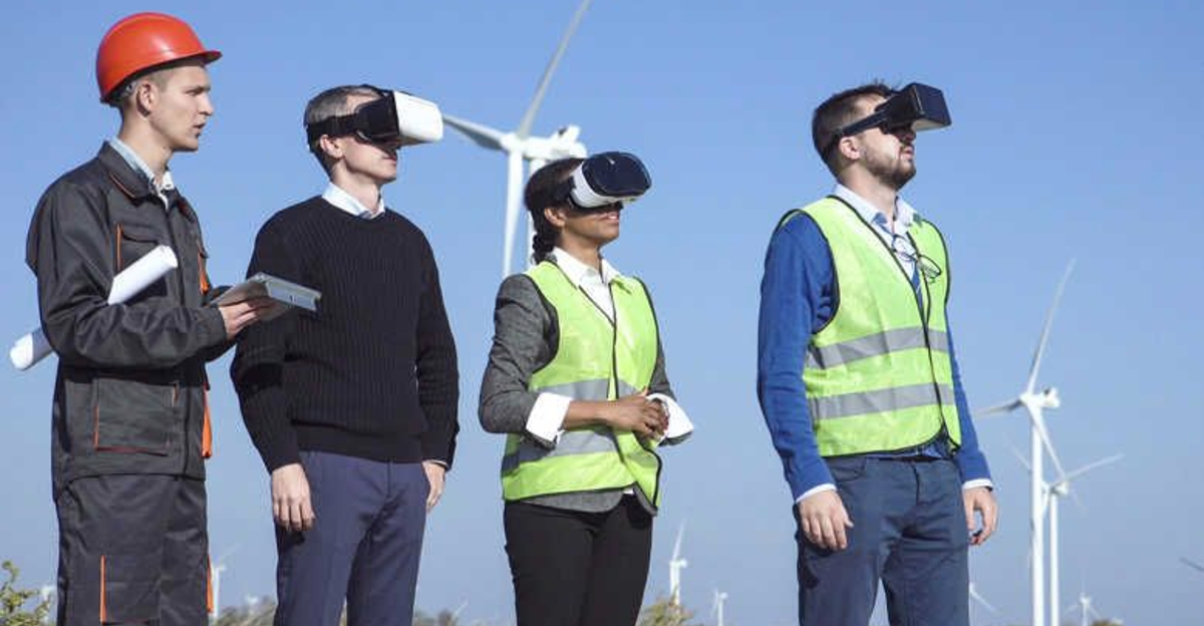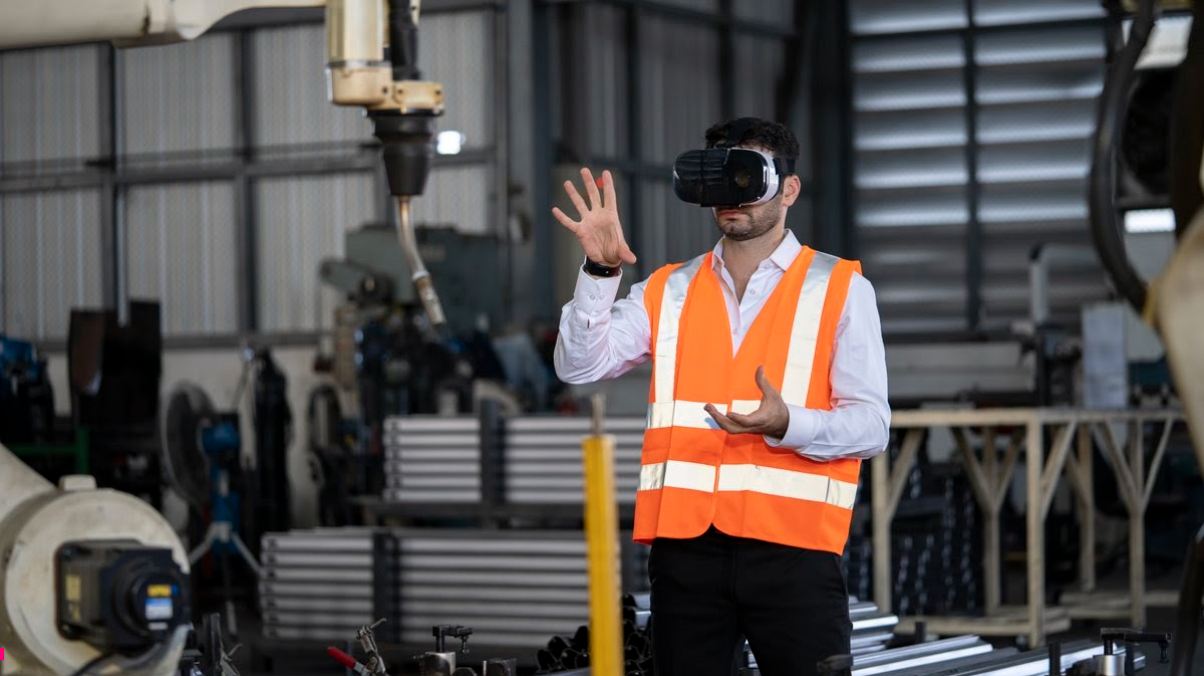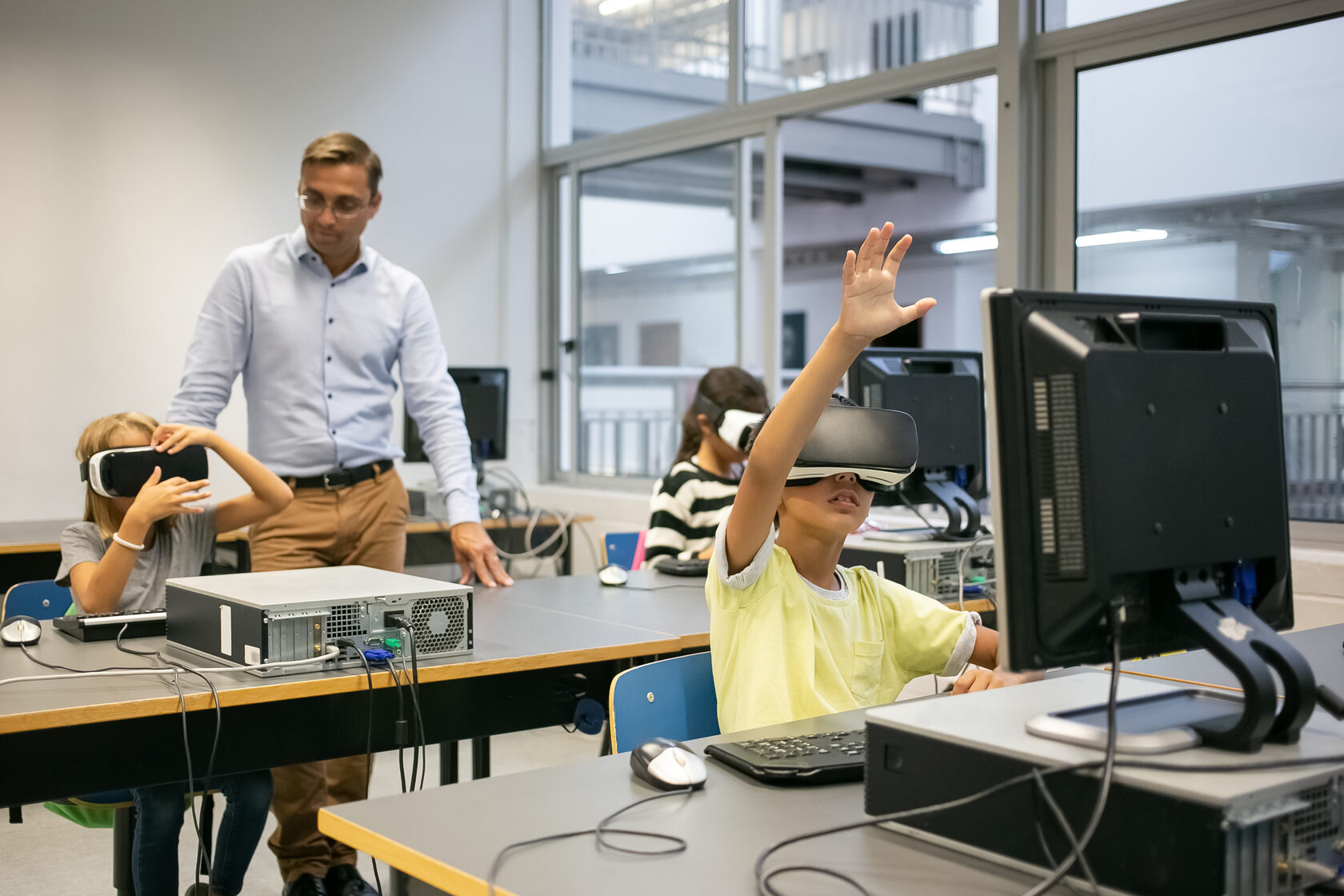1. Remove Location Restrictions:
Classes held virtually will allow distance learners to access learning materials and group interaction no matter where they are located. At VR Inn we consider this effect as the most useful VR feature. As such, international students will no longer need to spend money on travel, therefore may obtain education in any field or simply learn necessary skills from the comfort of their home.We all know how the usual life may change in a matter of moments, with the COVID-19 outbreak, governments, corporations, and educational entities started to consider options where risks of disease transmission are lower. In this case, VR provides comprehensive assistance in eliminating the need to gather in one place, now you can conduct training or work meetings without leaving your home. All you need is a virtual reality headset and internet access.

2. Cost-effective Learning:
Given the ability of virtual reality to immerse users in a virtual environment, educators are more likely to make fun during learning rather than boring lectures. This undoubtedly positively impacts academic performance, as participants are more likely to stay focused and more engaged during immersive studying. Moreover, training held in VR easily replaces video tutorials or paper instructions at work, which we all know can be boring, and much more incomprehensible.3D modeling has proven itself to be much more effective in the explanation of complex concepts than conventional 2D lectures. Where almost every teacher or professor faces the issue of getting the attention of their students. Whereas, the VR solution can solve such problems at ease.
3. The Most Realistic VR Simulations:
One of the most exciting things about VR technology is that it allows professionals like astronauts to experience near-to-life scenarios, which would be impossible to encounter in real life until it happens, and at that moment we would not want to test the ability of the human’s brain to remember what was written or mentioned in instructions or videos at the very best case a few months ago. Sometimes, it takes years, and even decades for the emergency to happen, however, when you have an option to undergo steps needed to be taken in such cases, even every day in Virtual Reality, the emergency will not terrify the user.Does VR training provide learners with extra benefits? Certainly, yes! It allows them to face real-world, situational scenarios to develop critical customer-service skills including empathy, inclusion, and diversity. Immersive Learning better prepares employees for both their day-to-day roles as well as rare high-stakes situations.
4. Learning While Gaming:
Most learning games are nothing more than fun fact-telling. With VR systems, VR programmers can create visually appealing game worlds where players learn while having fun. As of now, several educational games are available and specifically are designed for children ages three and older.Professional skills of VR in e-learning
Some of the areas in which virtual reality is already being used include medicine, architecture, military, and manufacturing. These industries use virtual reality to learn new procedures or simulate different scenarios before attempting to apply them in a real work environment.
Training in these professions is not always cheap, but it can be more cost-effective and safe than mistakes admitted on the job. VR also saves time as trainees learn to complete tasks faster than those who adhere to traditional training.
Many multinational companies rely on virtual reality to prepare employees for various emergencies, such as fire, blackout, injury, or breakdown of a working machine. Such situations do not arise often during work, however, when it happens, pitifully, employees are not ready for them.
By exposing personnel to such situations using realistic virtual reality simulations, they can be better prepared if an event occurs. After all, it’s one thing to read and imagine what to do during a shooting, whereas it is absolutely another level of experience being wholly immersed in a situation where your life depends on how quickly you respond.





